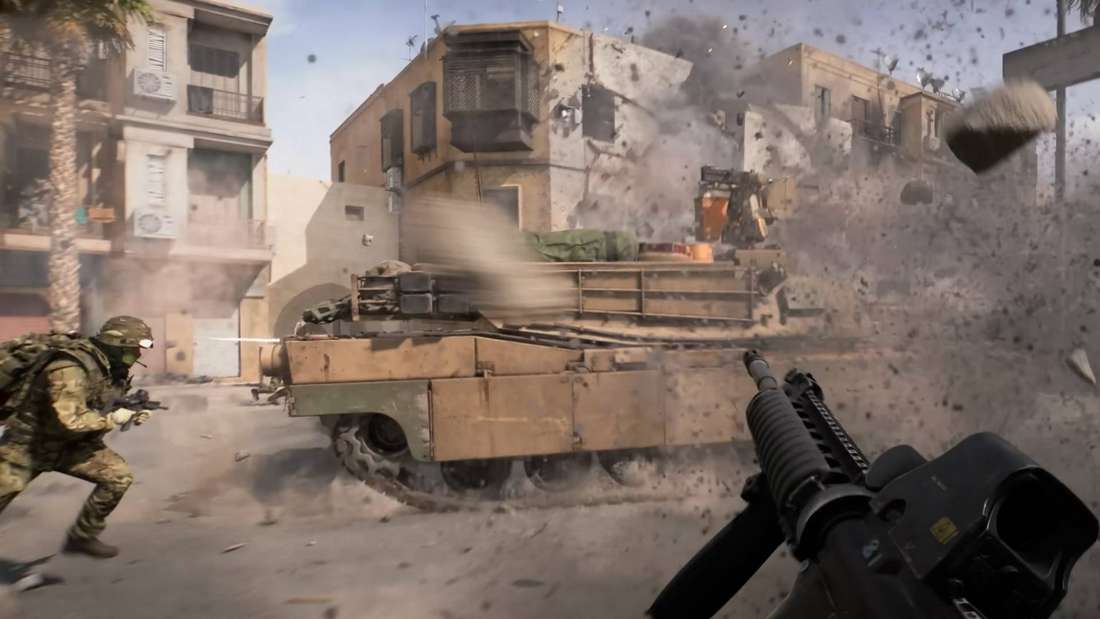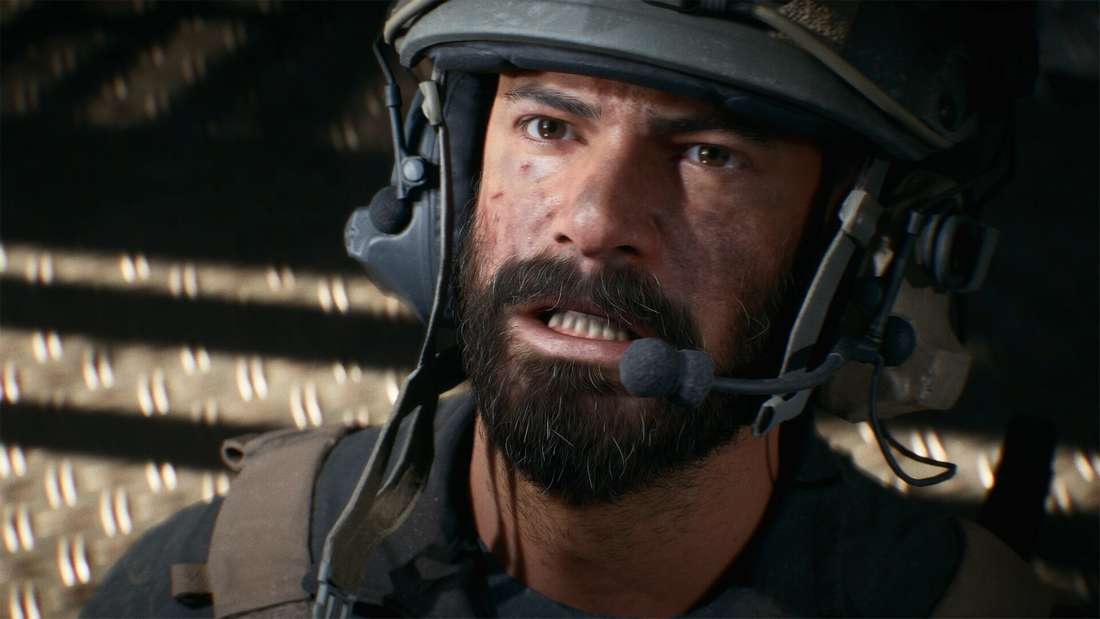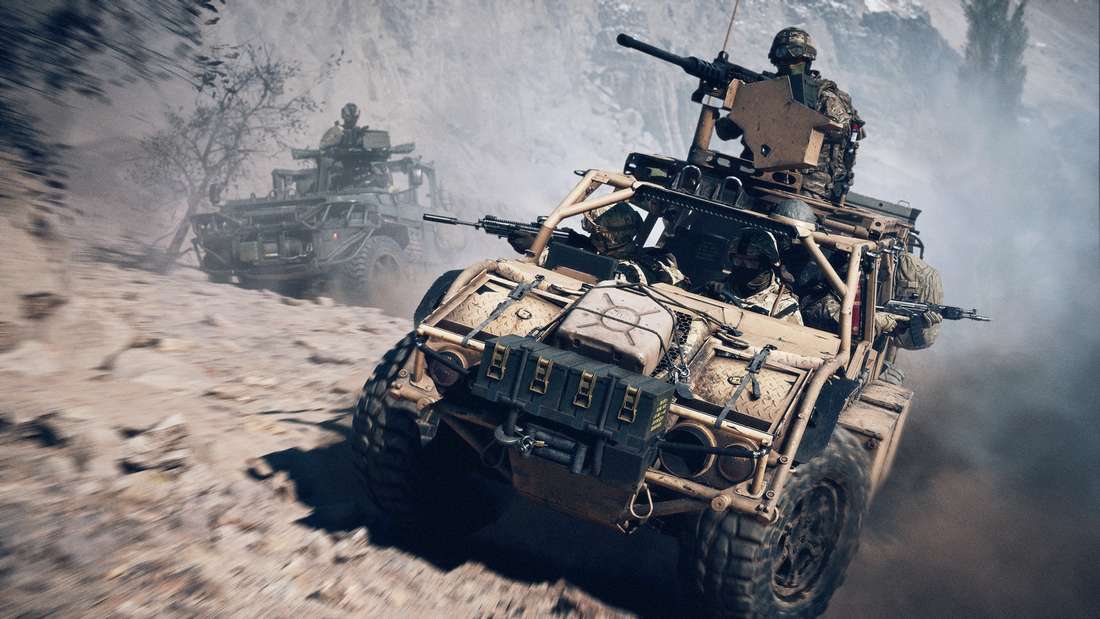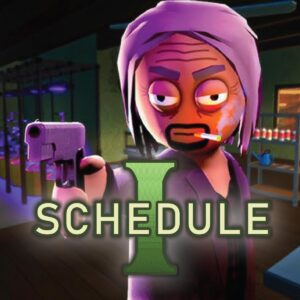“Far From Drastic”: Battlefield 6 Dev Calms “Zoomer vs. Battledad” Firestorm Over Movement Fixes
Popular Now
 BeamNG.drive
BeamNG.drive
 Valorant
Valorant
 Toca Boca World
Toca Boca World
 Candy Crush Saga
Candy Crush Saga
 FIFA 23
FIFA 23
 Minecraft
Minecraft
 Call of Duty
Call of Duty
 Genshin Impact
Genshin Impact
 CarX Street
CarX Street
 The Legend of Zelda
The Legend of Zelda
 The post-launch drama surrounding Battlefield 6’s core movement mechanics has escalated into a full-blown community civil war, pitting fans who prefer fast-paced, “arcade-style” movement (dubbed “Zoomers”) against the traditionalists seeking a more grounded, slower “classic Battlefield experience” (labeled “Battledads”). Amidst the intense blowback over recent nerfs, a key developer has stepped in to downplay the significance of further upcoming changes, assuring players the team is merely addressing technical imperfections, not fundamentally altering the game’s pace.
The post-launch drama surrounding Battlefield 6’s core movement mechanics has escalated into a full-blown community civil war, pitting fans who prefer fast-paced, “arcade-style” movement (dubbed “Zoomers”) against the traditionalists seeking a more grounded, slower “classic Battlefield experience” (labeled “Battledads”). Amidst the intense blowback over recent nerfs, a key developer has stepped in to downplay the significance of further upcoming changes, assuring players the team is merely addressing technical imperfections, not fundamentally altering the game’s pace.
 The Movement Controversy: Nerfs Split the Core Player Base
The Movement Controversy: Nerfs Split the Core Player Base
Following the widely played Open Beta in August 2025, which featured highly fluid, momentum-preserving movement, the development team at EA and Battlefield Studios implemented significant nerfs for the final launch build. These changes were a direct response to veteran player feedback that felt the beta’s movement—specifically the ability to maintain high speed and momentum from slide-jumps and the lack of a penalty for “bunny-hopping”—made the game feel too much like a competing first-person shooter (FPS) title, namely Call of Duty.
The core adjustments included:
- Reduced Momentum: Penalties for carrying horizontal speed from a slide into a jump.
- Jump Spam Penalty: Reduced jump height for consecutive jumps to eliminate “bunny-hopping.”
- Inaccuracy While Moving: Increased inaccuracy when firing while jumping or sliding, promoting more deliberate combat.
While these nerfs pleased the “Battledads” who sought a return to a more methodical, tactical military shooter feel, they immediately alienated the “Zoomer” segment, many of whom are newer players accustomed to the faster, high-skill-gap movement of modern FPS games. The community quickly entered a state of “tug-of-war,” with players on both sides demanding either a complete reversion or a further commitment to the “grounded” philosophy.
Dev Clarification: Fixing “Rough Case Scenarios,” Not the Core Speed
Principal Game Designer, Florian Le Bihan, has been actively engaging with the community on social media to address the escalating movement debate. In a recent statement, he sought to reassure the anxious player base that the next set of movement adjustments “are far from drastic” and will not revisit the core speed adjustments.
StrongLe Bihan’s Key Statement on Upcoming Patches:
“We’re not going to change movement speed and the adjustments we will be doing will be small but enough to improve some rough case scenarios, some of them that are mostly ‘animation’ related more than core movement (physics) really.”
This clarification suggests that the developer’s current focus is on Quality of Life (QoL) improvements and ironing out technical glitches, rather than enacting another significant balance pass that would re-open the “Zoomer vs. Battledad” debate. Players have reported issues with movement feeling “clunky” in specific situations, such as vaulting over obstacles or transitioning between prone and sprint—these are the kind of “rough case scenarios” the team is likely targeting for a quick fix.
The designer also definitively stated, “We won’t go back to Open Beta movement but we are working on some slight adjustments that will help with some parts that feel a bit clunky.” This firmly establishes the post-nerf movement as the permanent foundation for the game, a move that provides long-term stability for the game’s competitive integrity but will undoubtedly disappoint those who preferred the beta’s frenetic pace.
A Balancing Act in Live Service Gaming and Future Patches
The movement saga is indicative of the broader challenges facing live service games and AAA publishers in 2025: how to cater to a diverse player base while maintaining the brand identity of a classic franchise. Battlefield 6 has enjoyed a successful launch, selling over 7 million copies in its first week, a record for the franchise, but it has been immediately met with a torrent of feedback on numerous fronts, from the controversial Conquest mode ticket count (which was also swiftly reverted after community outcry) to the sluggish progression and XP grind.
The developers are demonstrating an unusually high degree of responsiveness, with daily hotfixes and transparent communication regarding their intent. By clarifying that movement adjustments are now primarily technical fixes, the studio signals its commitment to the “traditional Battlefield experience” as the foundation, prioritizing game balance and skill-based gameplay over chasing the high-speed trends of rival shooters. Future patches, however, will need to delicately address the perceived “clunky” feel without triggering an “overcorrection” that threatens to repeat the mistakes of previous franchise entries.
 Key Takeaways for Gamers and Investors:
Key Takeaways for Gamers and Investors:
- Movement is Settled: The core speed and momentum nerfs are permanent; future changes are technical refinements.
- Focus on QoL: Developers are prioritizing “clunky” animation and physics bugs over major balance shifts.
- Responsive Development: The quick reversion of Conquest ticket changes and the movement clarification highlight a development team actively engaging with and reacting to high-CPC keywords like player feedback and game balancing.
As the game enters its first major post-launch phase, all eyes remain on the developer’s ability to navigate this tightrope walk between nostalgia and modern expectations, ensuring a high-value proposition for its burgeoning player count.









